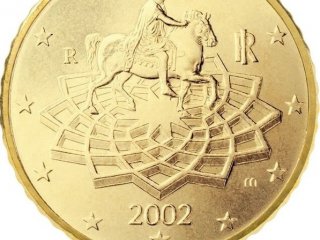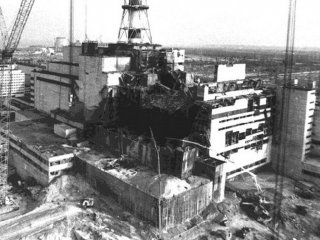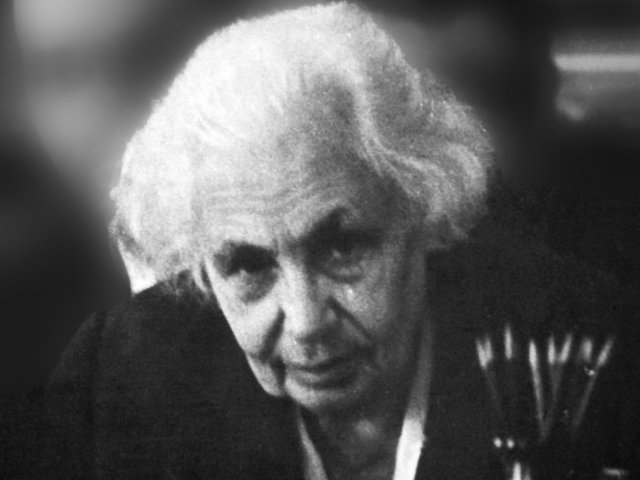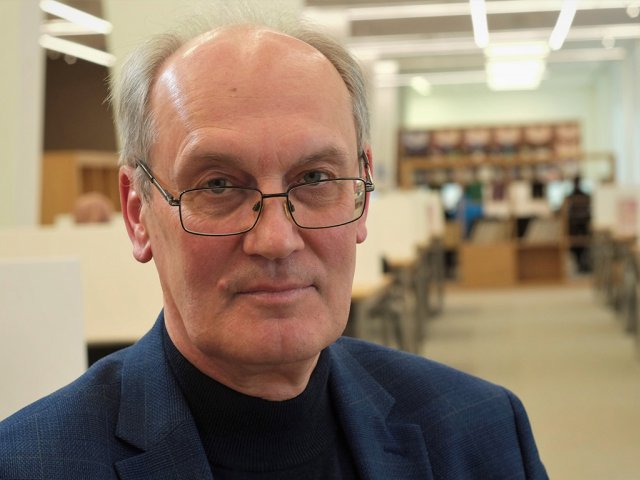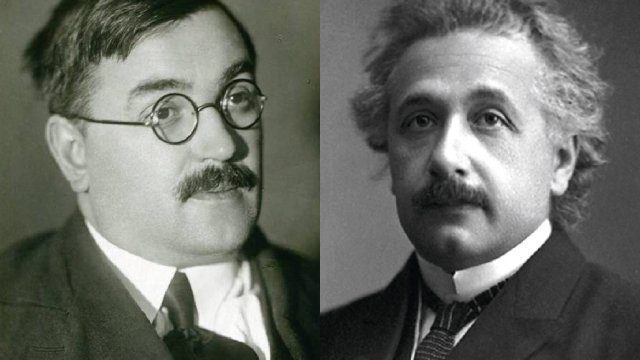
The bas-reliefs and statues decorating the Bolshoi Theater, Saint Isaac's Cathedral, and the Winter Palace – we owe all this beauty to Boris Semyonovich Jacoby, a Russian physicist, a Member of the Saint Petersburg Imperial Academy of Sciences.
However, he was named Moritz Hermann when he was born in Potsdam in 1801. After graduation from the celebrated University of Göttingen, Moritz Hermann von Jacobi worked for the construction department of Prussia as an architect. But physics was a powerful attraction, and Jacobi rose to its call.
In 1834, i.e., during Pushkin’s lifetime, Jacobi invented an electric machine with a rotating working shaft, which operated on the principle of attracting and repelling electromagnetic poles. In the same year, Jacobi sent a manuscript describing a motor to the French Academy of Sciences in Paris. It was promptly reviewed and published. In December of the same year, Jacobi woke up famous.
The motor was admired in Russia as well. And Moritz Hermann von Jacobi was invited to join the Derpt University as a professor. In the Russian Empire, Jacobi became Boris Semyonovich, got married and naturalized. For the rest of his life, he considered Russia his “second home country, due to not just the duty of allegiance and close family ties, but to the personal feelings of a citizen as well.” Moreover, he always emphasized especially that all his inventions belonged to Russia.
The most remarkable discovery made by Boris Semyonovich Jacobi is believed to be galvanoplastics, a method of producing an exact copy of an object. It was the galvanoplastic method that was used to produce the sculptures of horses on the pediment of the Bolshoi Theater, and other famous bas-reliefs and statues. Jacobi’s other significant achievements include the invention of the world’s first telegraph typing machine, the construction of Russia’s first cable telegraph lines in Saint Petersburg and between Saint Petersburg and Tsarskoye Selo, which were also among the first in the world. Jacobi worked to create naval mines, developed electrical appliances, and submarine and underground cables. He also made sure that his work would continue: he introduced education in electrical engineering by developing and reading first lecture courses on the subject.

